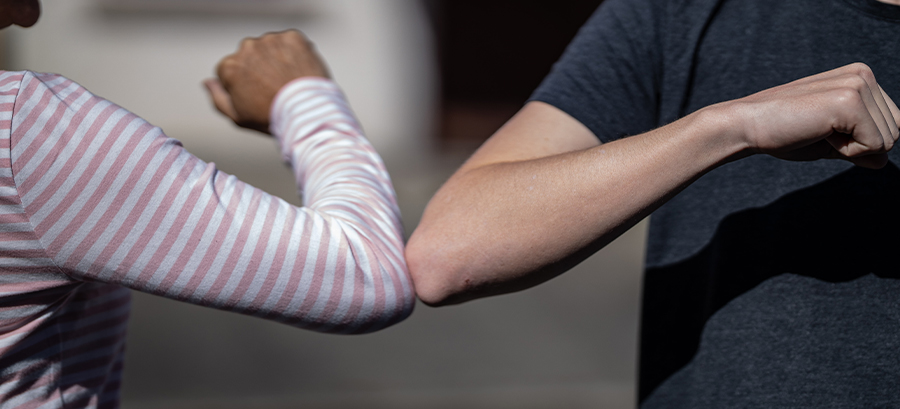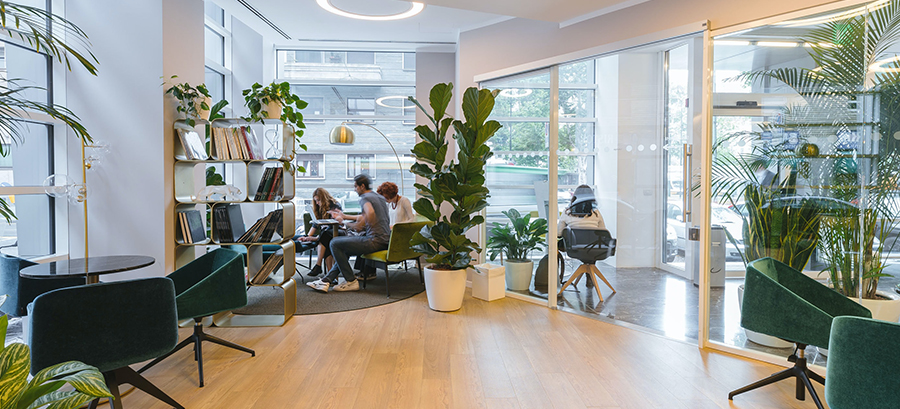We’ve all heard the African proverb “if you want to go fast, go alone. If you want to go far, go together.”, but what if you want to enjoy the journey along the way? I say build community, not just a team. It isn’t just about having the right skills on the bus, it’s about making sure that the people with us want to take the bus over their own method of transportation at all. In other words, it isn’t just about aligning our why, it’s equally important to align our how. Let me explain.
Back in the Spring of 2020, Gary and Kim Crawford were presented with the offer of a lifetime: Quaker was offering to buy their homegrown company for a staggering $120 million. They didn’t take it, though. They knew Clif Bar was just too valuable, they loved the community they had built so much, and there was too much work left to do. Today, with a valuation of nearly $2B, it sure is a good thing they didn’t.
What Gary and Kim knew at the time though, is that they had an extra ingredient that didn’t just make both the sustainable nutritious bars and company work: their people. People that weren’t just aligned in the product, but how the company worked as a whole, too.
Clif Bar operates out of Emeryville, CA and by my count, their family of ~1200 employees seems to be an integral part of their success. Employees are shareholders, have time for family and community service, are incentivized to be more sustainable and assists in the purchase of bicycles, electronic cars, and personal wellness. They aren’t focused on explosive growth the next quarter; they’re focused on their team, their product, and playing the long game. Because of the alignment in how they do their work, Clif Bar lands on theGreat Place To Work list year after year.
If you ask me, these are the makings of a unique community, not just a team of people that could push product out the door.
Part of that community comes from their Five Aspirations business model:
Sustaining our People: Working side-by-side, encouraging each other, our Company is our people.
Sustaining our Communities: Promoting healthy, sustainable communities, locally and globally.
Sustaining the Planet: Conserving and restoring our natural resources; growing a business that operates in harmony with the laws of nature.
Sustaining our Brands: Creating brands with integrity, quality and authenticity.
Sustaining our Business: Building a resilient company, investing for the long-term.
More posts
Given the Pandemic, There is Currently Something More Important Than Our Company ‘Why’
Over the past months, the pandemic has dominated the headlines. Greta Thunberg and the acute…
Most of us can vividly recall the nervous feeling right before our teachers would take…
More Than Just an Office: The Potential of the Workplace of Today
“I just want things to go back to normal.” Perhaps you have either heard or…
Categories

Source: https://www.clifbar.com/who-we-are/our-journey
What the company knows is that the experience they were building for their people was not only on the right track but also a place they wanted to work. Imagine the feeling of being on a team of people that were aligned in not just the product that was being developed or service that was being offered, but was part of a community of like-minded people, too.
Gary knew that if they were to sell out to Quaker back in the year 2000, the payoff might have been nice, but they risked losing what they worked so hard to build. The company would up and be a part of something bigger and the connection and camaraderie might be lost. He knew that to while it was important to go far together, that in order to truly enjoy the journey, he had to maintain the sense of community and shared purpose the Clif Bar company was built on. Of course, being sold to a big company would change the priorities, working style, and environment of the community – a risk too big to take. It was the alignment of the people that enabled the success of the company in the first place.
We all want to work on a team that appreciates the work we do, celebrates wins, and is able to get through the tough days together. The thing is, what works for one company might not work for another, meaning we have to take it upon ourselves to build an experience that works best for our people.
Today that we have a responsibility, even an obligation, to find out what works for us and scream it from the mountain tops. When we do, we’ll know that the right people will find us, and not only can we go far together, but enjoy the journey with our community along the way.
Questions to ponder:
- How many people do we really want on our team?
- What is something each person on our team has in common?
- How are we communicating our unique values to prospective employees?
- Why would someone specifically work here over our competitor?



